Day 128 of the Quarantine (July 19, 2020)
An evening thunderstorm this week dumped .75 inches of rain. Although we started the first half of the year with six inches, a month into the monsoon season and we’ve added less than two as moist air from the Gulf has stalled. No creek flow. No wine glasses and naked toes rising from the plunge pool.
First Daughter and I meet in the early morning to check her wildlife cameras at the Speeden Wash culvert under I-10. One of them we need to replace. Earlier, she spoke with a rancher who called her to apologize. He smashed one of her cameras with a rock though it was clearly marked for research. “I thought it belonged to some hunters,” he told her, offering to pay for it.
Ranchers, I learn, don’t have a problem with most hunters. Just those who don’t ask permission for access. Or drive off-road over their rangeland. Or leave gates open. Or shoot holes in water tanks. It’s about simple, basic respect for each other. Something the Pandemic has demonstrated many of us lack, and probably have lacked all along.
Although I no longer hunt—firearm or falconry—I support hunting, which includes buying an annual hunting license. It’s my small contribution for what the Arizona Game and Fish has created for wildlife in places like the Sulphur Springs Valley and Whitewater Draw (a cattle ranch before 1997). From purchasing land for waterfowl and pumping water into wetlands to reseeding native grasses, the department’s management success is illustrated by a single species. A small flock of sandhill cranes started wintering here in the mid-1960s. Last year, almost 35,000 crowded into the valley’s irrigated fields and wetlands. A record number is expected this winter.
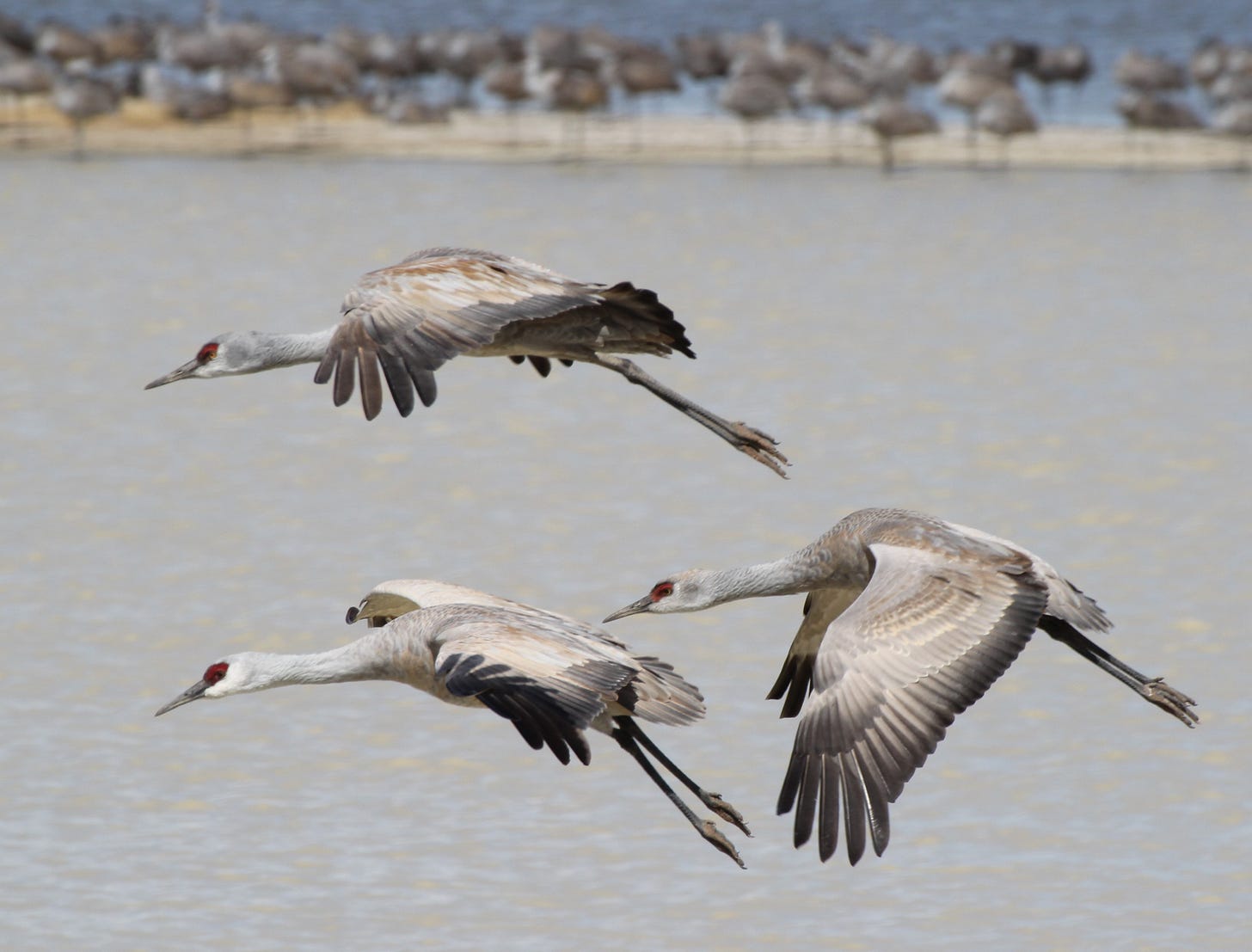
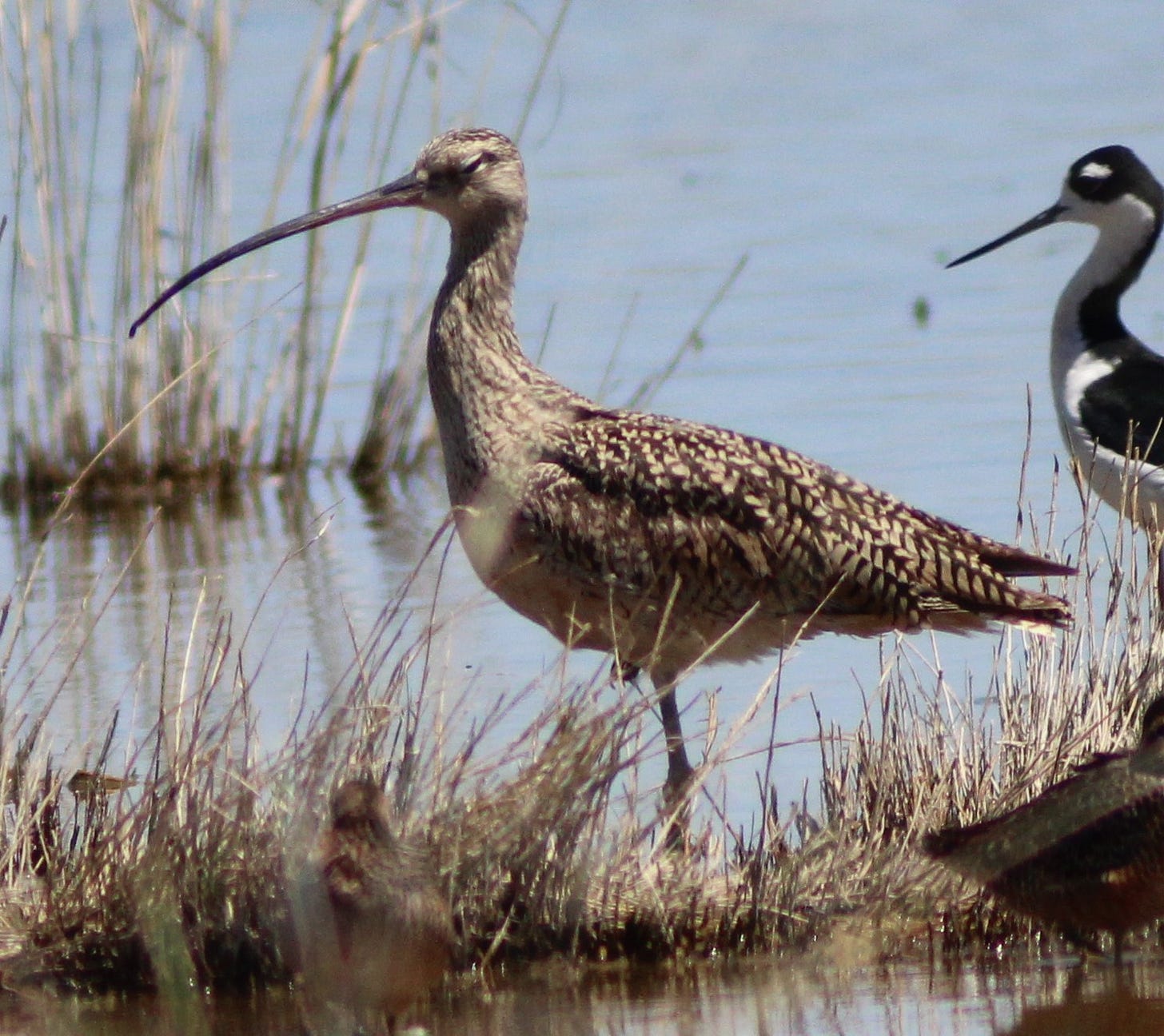
After we replace the trail cam, I drive 30 miles to the Sulphur Springs Valley and the Twin Lakes at Willcox to check on a reported snowy egret, which I’d like to add to my county list. When I arrive, the water level is low but hundreds of American avocets and black-necked stilts probe the shallows among still-life ibises, curlews, and greater and lesser yellowlegs. The place is all beaks and knees.
I step out of the Subaru into hard sunlight. It’s hot beneath a sky the color of expectation. A zebra-tailed lizard trawls through the sand leaving a suture in its wake. The air is still, except what I stir with my pumping lungs. Gnats outnumber birds, and every single one draws a bead on me. “Must everything whole be nibbled,” I say, quoting Annie Dillard. I slip on my mask as a bug screen—another benefit of always keeping one handy in my pocket.
I’ll wear it even after I’m vaccinated, I think, scanning the shoreline through binoculars. If I must connect with people, this introvert can hide behind the face covering—no fake smiles, no concerns about my ever-dripping nose or food in my teeth. I won’t even have to brush! Probably have to start changing my clothes again, however. At least once a week. Although, unlike Nikolai Gogol, I’ll never regret not having changed my clothes more often.
The snowy egret is a white smudge on the far side of the pewter lake, footed in its own reflection. The uncommon summer visitor checks in at number 253 for my county list. Then, a nice surprise among the many least sandpipers. A pair of Baird’s sandpipers, taking a trans-hemispheric breather while flying from their breeding grounds in the Arctic tundra to South America, one of the longest and fastest “summer to summer” annual migrations of any bird. Number 254 for the county and 420 on my life list!
Another fine day birdwatching in the Pandemic when I can make myself up moment by moment.
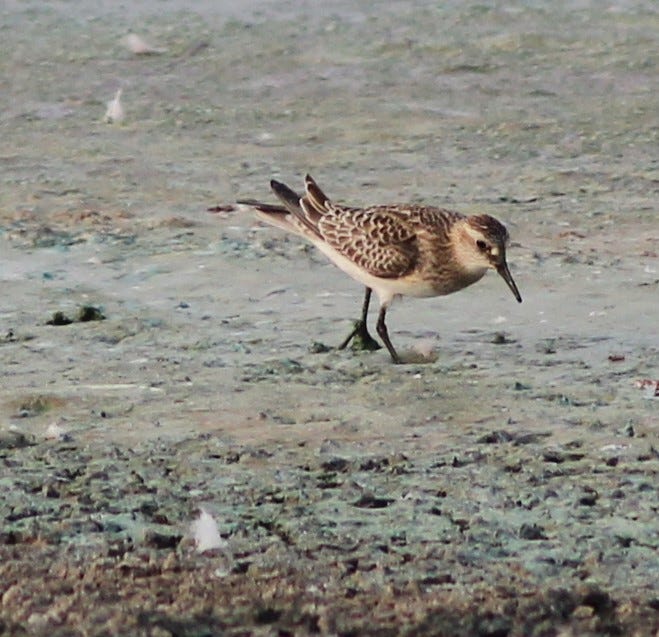
Thanks for subscribing! More to come…
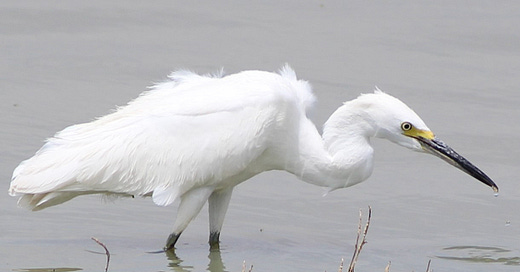



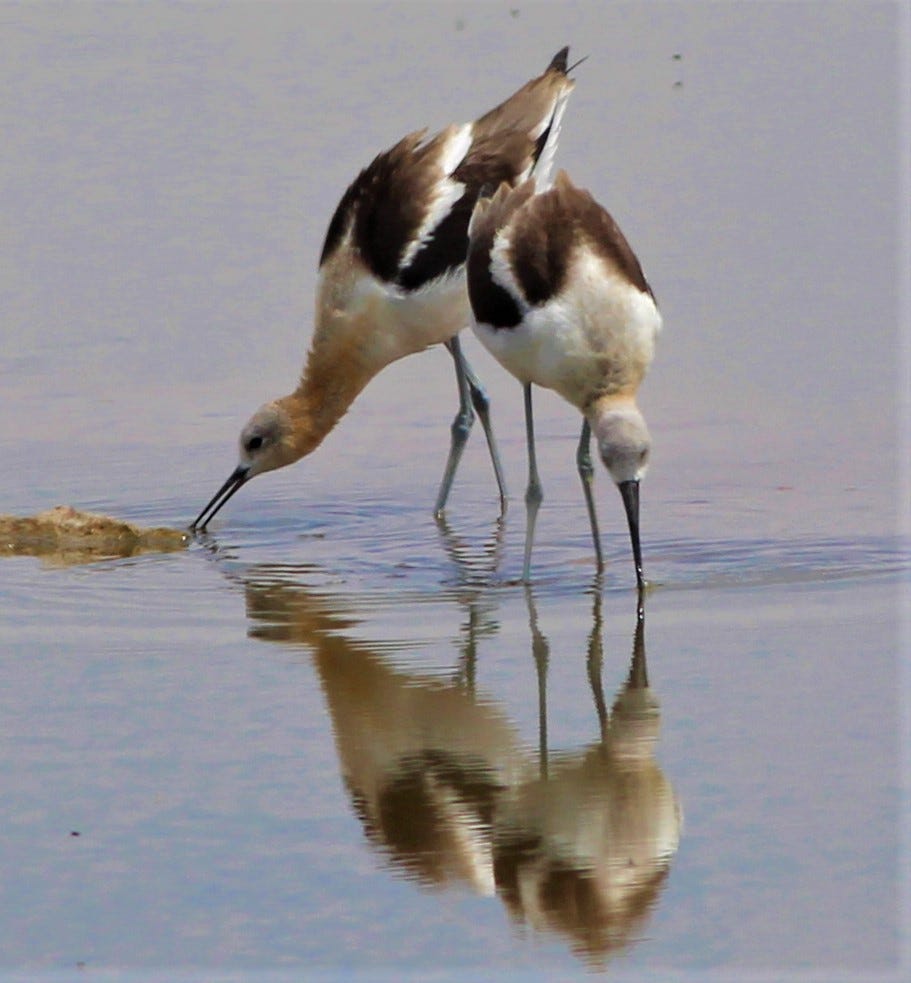
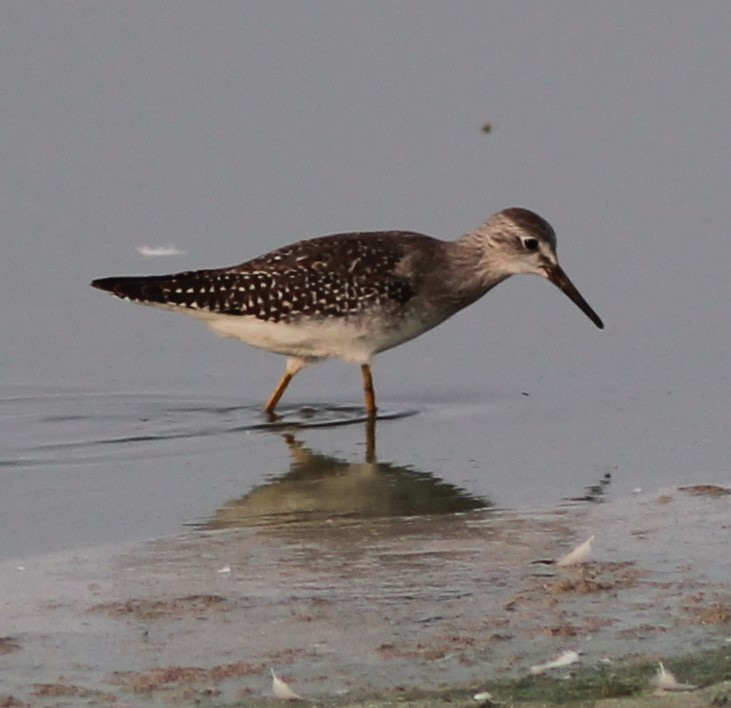
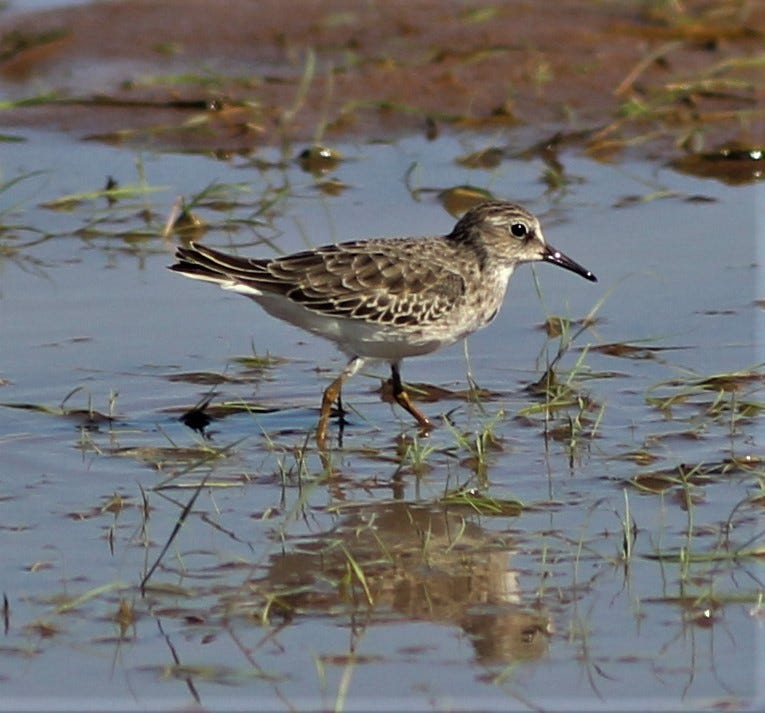
Nice shorebird shots!